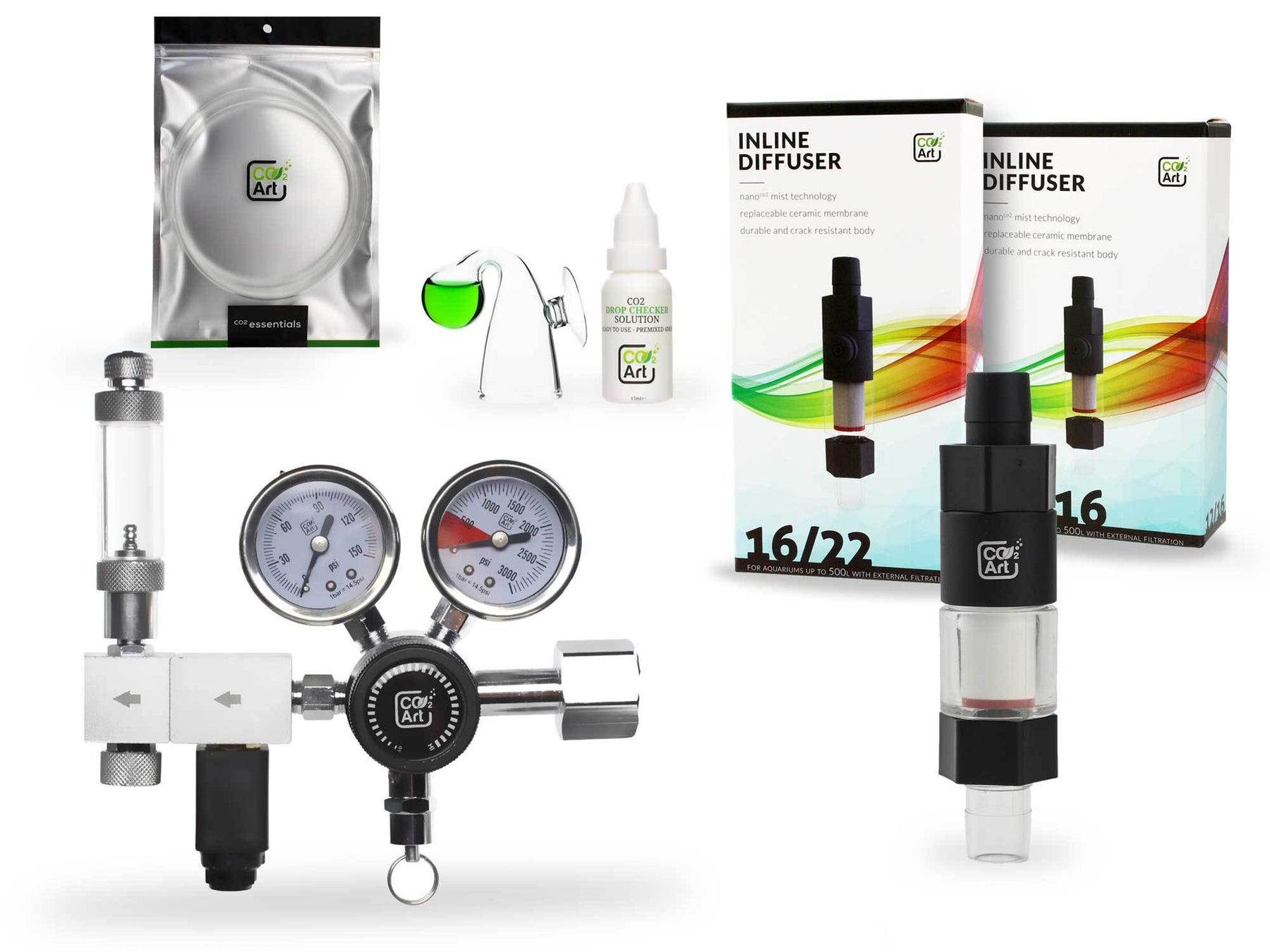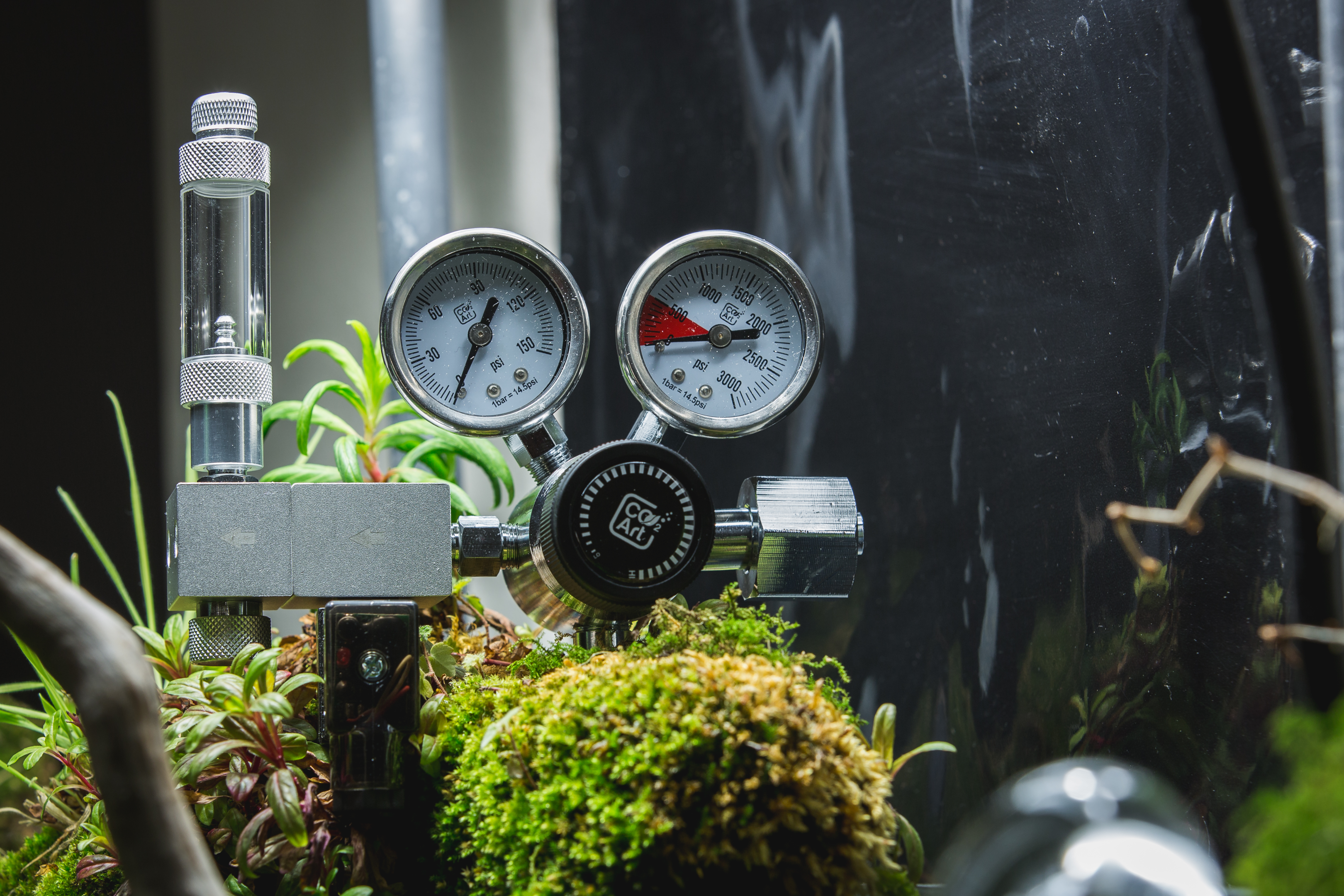Does having more light in a non CO2 injected planted tank improve growth rates?
Planted tanks have become a popular choice among aquarium enthusiasts due to their aesthetic appeal and the natural environment they provide for aquatic life. These tanks are meticulously crafted to balance various elements such as light, nutrients, and CO2 to promote healthy plant growth and maintain a thriving ecosystem. The debate between CO2 vs no CO2 grow methods is a central topic among hobbyists, each with its own set of benefits and challenges.
The balance of these elements is crucial because each one plays a significant role in the health and growth rate of the plants. For example, while light is essential for photosynthesis, without adequate nutrients and CO2, plants may struggle to thrive. This article explores whether increasing light in a non-CO2 injected planted tank can improve growth rates, particularly in the context of the unique requirements and limitations of these setups.
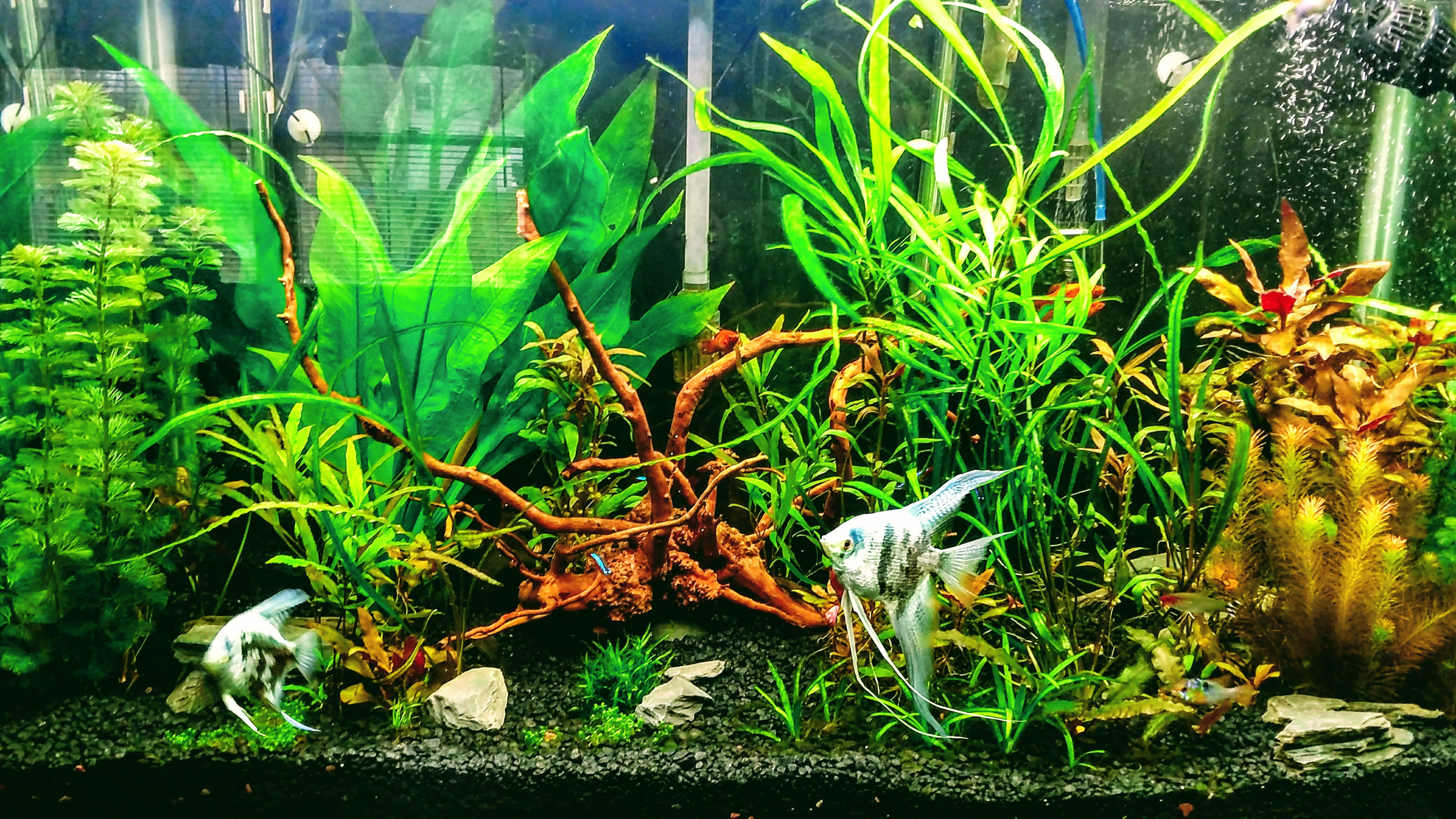
Understanding Non-CO2 Injected Tanks
A non-CO2 injected tank, often referred to as a low-tech setup, relies on the natural levels of CO2 present in the water. This type of tank is popular among hobbyists who prefer a simpler and less maintenance-intensive approach to aquarium keeping. The no CO2 planted tank typically uses less equipment and fewer resources compared to its high-tech counterpart, making it an attractive option for beginners and those looking for a more sustainable hobby.
In contrast, a CO2-injected tank, or the most high tech tank, involves adding CO2 directly into the water to boost plant growth. This setup often requires additional equipment such as CO2 canisters and diffusers, making it more complex and potentially more expensive. The choice between a CO2 vs no CO2 grow setup depends on the hobbyist's goals, budget, and level of experience, with each method offering unique advantages.
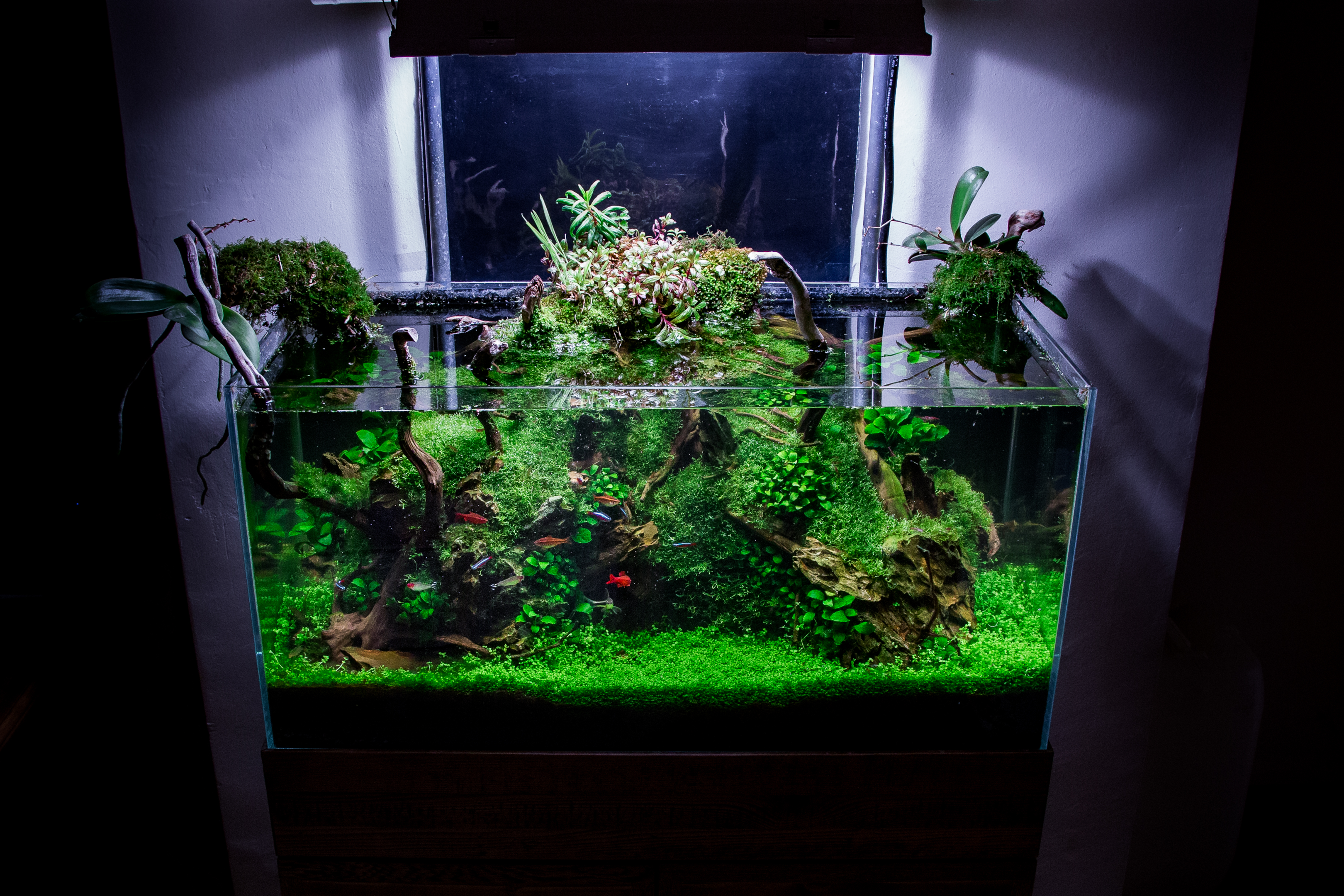
The Role of Light in Plant Growth
Light is a fundamental component of photosynthesis, the process by which plants convert light energy into chemical energy to fuel their growth. In an aquarium setting, the type and intensity of light can significantly impact plant health. Adequate lighting ensures that plants can produce the energy they need to grow and thrive.
In a no CO2 planted tank, the role of light becomes even more critical. Without the additional CO2, plants must rely on the naturally occurring CO2 in the water, making efficient use of available light essential. Therefore, understanding the balance of light intensity and duration is key to promoting healthy plant growth in these setups. Too much light without sufficient CO2 and nutrients can lead to problems such as algae overgrowth and nutrient deficiencies.
Types of Aquarium Lights
Aquarium lights come in various types, each with its own set of advantages and disadvantages. Common types include LED lights, fluorescent lights, and compact fluorescent lights (CFLs). LEDs are popular for their energy efficiency and long lifespan, making them a cost-effective option for many hobbyists.
Fluorescent lights, on the other hand, are known for their ability to provide broad-spectrum lighting, which can be beneficial for plant growth. However, they may require more frequent replacements compared to LEDs. Choosing the right type of light for a non-CO2 injected planted tank involves considering factors such as the specific needs of the plants, the tank's size, and the hobbyist's budget. Balancing these factors helps create an optimal environment for plant growth without the complexities of a high-tech setup.
Light Intensity and Plant Growth
Light intensity plays a crucial role in the growth of plants in both low tech tanks and high tech setups. In a non-CO2 injected tank, the amount of light provided can significantly influence plant health and growth rates. Low light levels are often recommended for beginners due to their ease of maintenance and reduced risk of algae growth.
However, more light can lead to faster growth if other factors are balanced. High light levels increase the rate of photosynthesis, but without adequate nutrients and carbon dioxide, plants can suffer. It's essential to find the right balance of light intensity to achieve optimum growth without promoting excessive algae growth.
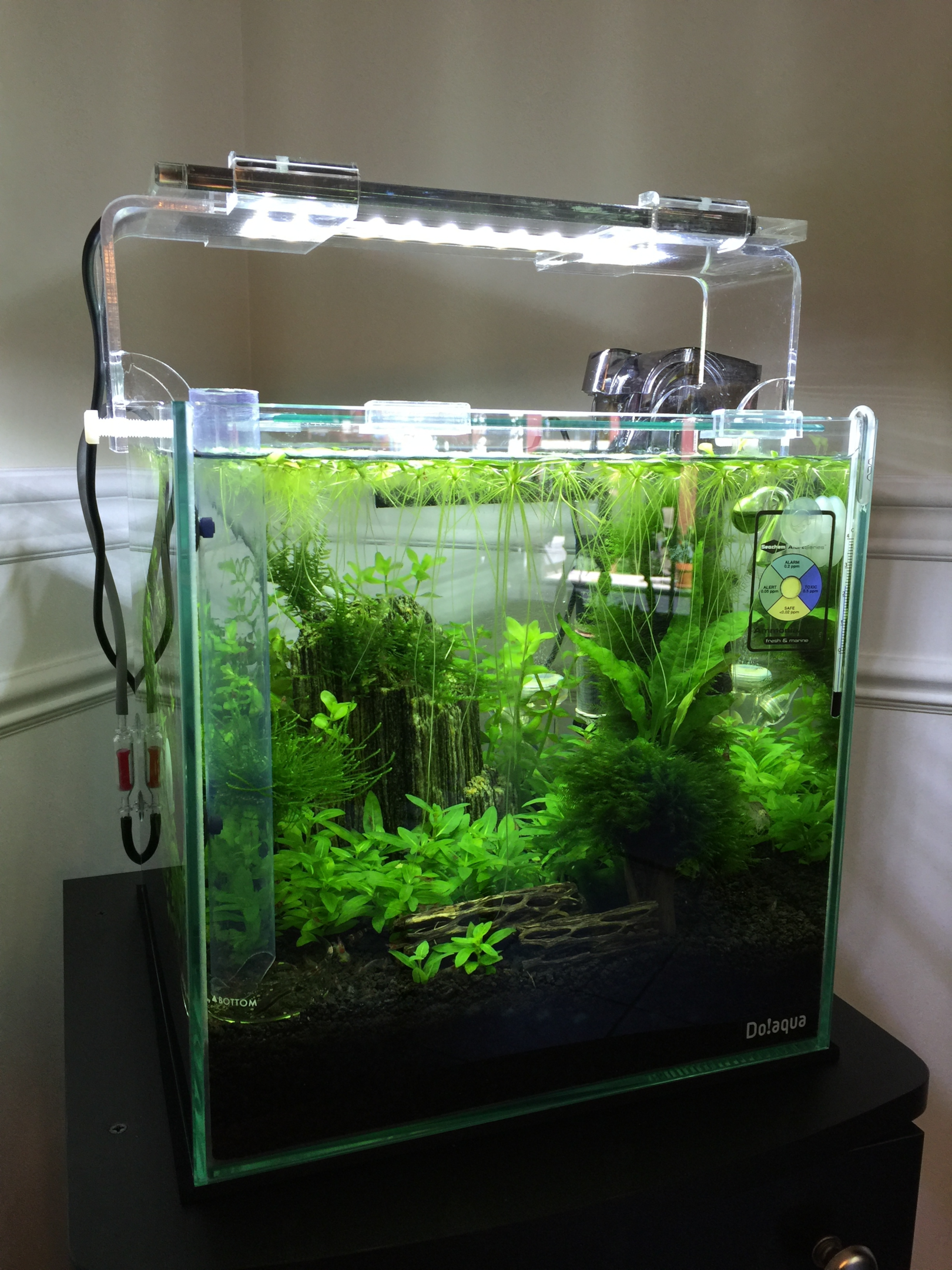
Light Duration and Plant Growth
The duration of light exposure, or photoperiod, is another critical factor in the health of aquarium plants. In a non-CO2 injected tank, maintaining a consistent and appropriate photoperiod is vital. Typically, a photoperiod of 8-10 hours per day is recommended for most planted aquariums.
Prolonged exposure to high light levels can lead to problems such as algae growth and nutrient depletion. Conversely, too little light can hinder plant growth and photosynthesis. Striking the right balance in light duration helps maintainplant health and promotes optimum growth in low tech tanks. Adjusting the photoperiod according to the specific needs of the plants in the tank can optimise their overall development.
Balancing Light and Nutrients
Balancing light and nutrient availability is essential for healthy plant growth in planted tanks. In a non-CO2 injected tank, providing more light can lead to increased photosynthesis, but without sufficient nutrients, plants can suffer from deficiencies. Low light levels are often easier to manage because they require fewer nutrients, but they can also limit the growth potential of aquarium plants.
To achieve optimum growth, hobbyists must ensure that their substrate and water column contain adequate nutrients to support the plants. Regular dosing of fertilizers and maintaining a balanced light schedule are critical. In low tech tanks, this balance helps prevent issues such as nutrient imbalances and algae growth, ensuring a healthy and thriving planted aquarium.
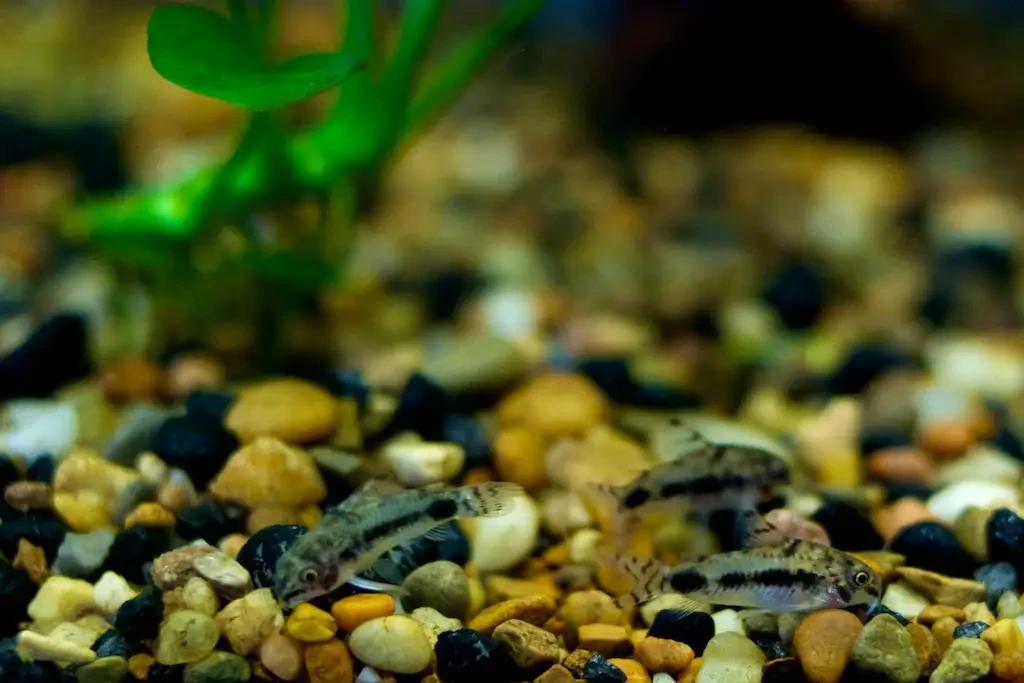
Common Plants for Non-CO2 Injected Tanks
Certain plants are better suited to non-CO2 injected tanks due to their lower light and nutrient requirements. Popular choices for low tech tanks include species like Anubias, Java Fern, and Cryptocoryne. These plants can thrive in low light conditions and do not require additional carbon dioxide to grow effectively.
These plants are ideal for beginners because they are hardy and adaptable. They can grow well in low tech setups with minimal maintenance. Understanding the specific needs of these plants, such as light levels and substrate preferences, can help hobbyists create a successful and beautiful planted aquarium. By choosing the right plants, one can achieve a lush and healthy tank without the need for CO2 injection.
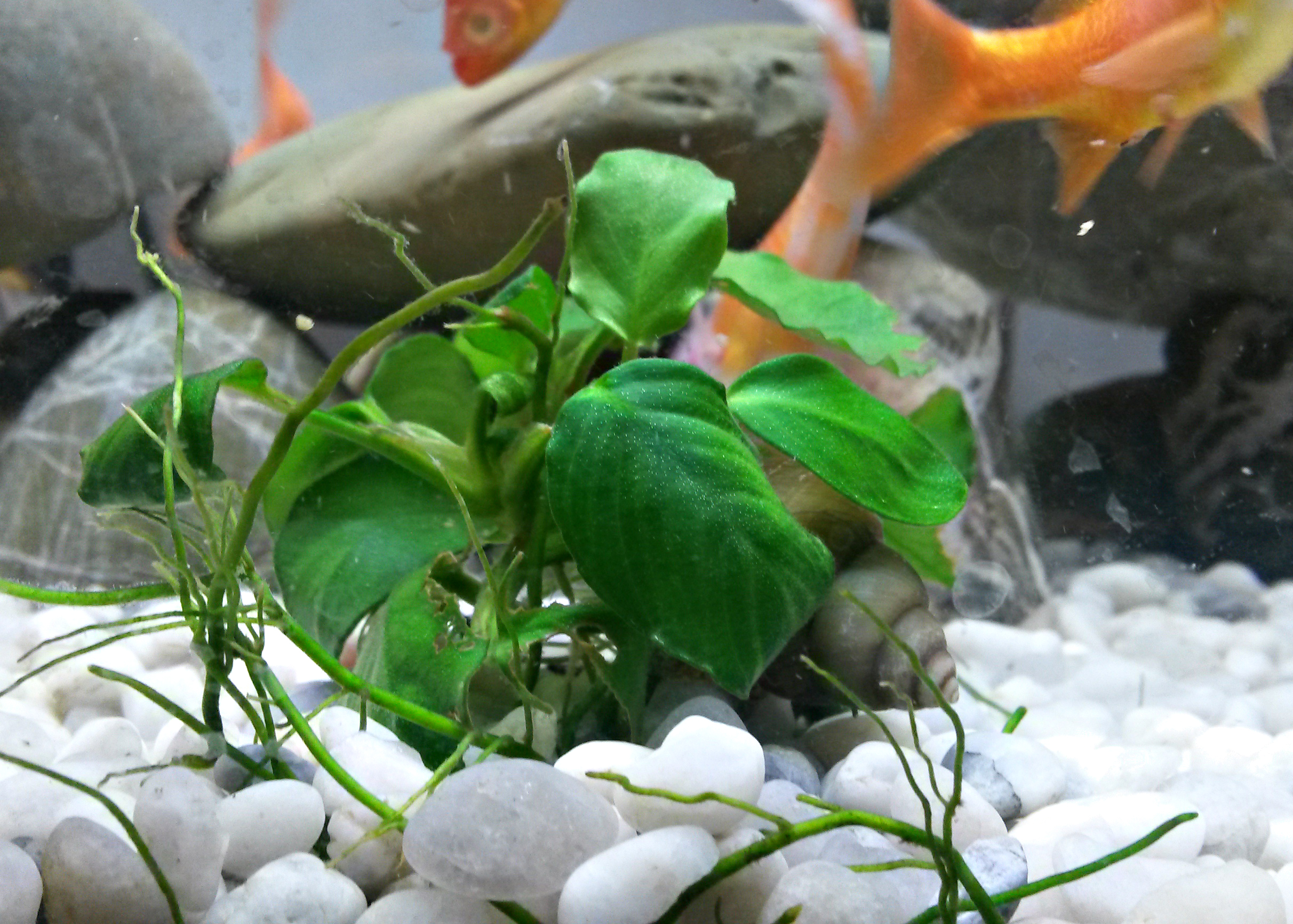
Challenges of High Light in Non-CO2 Tanks
Using high light in non-CO2 injected tanks can present several challenges. One of the primary issues is algae growth. When more light is provided without corresponding increases in carbon dioxide and nutrients, algae can quickly take over, outcompeting aquarium plants for resources. This can lead to unsightly tanks and unhealthy plant conditions.
Another challenge is nutrient deficiency. High light conditions increase the demand for nutrients, and without CO2 injection, plants might not be able to utilize the available light effectively. This imbalance can result in poor plant growth, with symptoms such as yellowing leaves and stunted development. Managing light levels carefully and ensuring a balanced nutrient supply are crucial to overcoming these challenges in low tech tanks.
Case Studies and Practical Examples
Examining real-world examples of non-CO2 injected tanks with varying light conditions can provide valuable insights. In several case studies, tanks with low light levels have shown consistent and manageable growth of aquarium plants without significant algae issues. These tanks typically use plants well-suited for low tech tanks, such as Java Moss and Anubias, which thrive under low light and nutrient conditions.
Conversely, tanks with high light levels often require meticulous maintenance to avoid problems. Some hobbyists have successfully managed high light non-CO2 tanks by implementing strict nutrient dosing schedules and regular water changes. These examples highlight the importance of understanding the interplay between light, nutrients, and CO2 in achieving a balanced and healthy planted aquarium.
Advantages of Moderate Light Levels
Maintaining moderate light levels in non-CO2 injected planted tanks offers several advantages. Low light levels are easier to manage and help prevent excessive algae growth, which is a common problem in high light setups. With moderate light, plants can grow steadily without the intense demands for nutrients and carbon dioxide.
Additionally, moderate light levels contribute to a more stable and low-maintenance environment. Plants that thrive in low light conditions, such as ferns and mosses, can flourish without the need for frequent adjustments. This stability is particularly beneficial for beginners who are learning to balance the various elements of a planted aquarium.
Monitoring and Adjusting Light Levels
Monitoring and adjusting light levels is crucial for achieving the best growth in a non-CO2 injected tank. Using a light meter can help hobbyists measure the intensity of light at different depths within the tank, ensuring that all plants receive adequate illumination. Regularly checking light levels helps maintain consistent conditions for plant health.
Adjusting light levels might involve changing the duration of light exposure or adjusting the height of the light fixture. In low tech tanks, it’s essential to observe plant responses and make incremental changes. Too much light can lead to algae problems, while too little light can hinder plant growth and photosynthesis. Striking the right balance is key to promoting optimum growth and maintaining a healthy planted aquarium.
The Role of CO2 in Planted Tanks
CO2 injection plays a significant role in the growth of plants in planted tanks. In high tech setups, adding carbon dioxidecan dramatically increase the rate of photosynthesis, leading to faster and more robust plant growth. However, in a non-CO2 injected tank, plants must rely on the naturally occurring CO2 in the water, which can limit their growth potential.
Comparing CO2 vs no CO2 grow setups, it's evident that CO2 injection allows for higher light levels and supports a wider variety of plant species. Without CO2, hobbyists need to carefully balance light levels and nutrient availability to prevent issues such as algae growth and nutrient deficiencies. Understanding the role of CO2 helps in designing a successful planted aquarium, whether opting for a low tech or high tech approach.
Conclusion and Recommendations
In conclusion, increasing light levels in a non-CO2 injected planted tank can improve plant growth, but it requires careful management of other factors such as nutrients and carbon dioxide. Low light conditions are generally easier to maintain and pose fewer risks of algae growth and nutrient imbalances. However, moderate to high light levels can be beneficial if balanced properly.
For hobbyists maintaining a non-CO2 planted tank, selecting the right plants, monitoring light intensity, and ensuring adequate nutrient supply are crucial for achieving healthy growth. While more light can enhance plant growth, it should be matched with the tank's overall capacity to support increased photosynthesis and nutrient uptake. With thoughtful planning and maintenance, a thriving planted aquarium is achievable without the need for CO2 injection.
Meet our bestseller! The Pro-Elite Series Complete Aquarium CO2 System with New Inline CO2 Diffuser!
